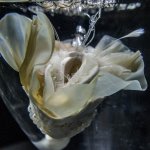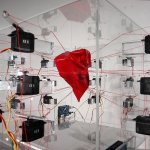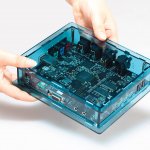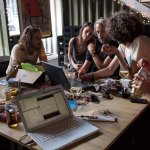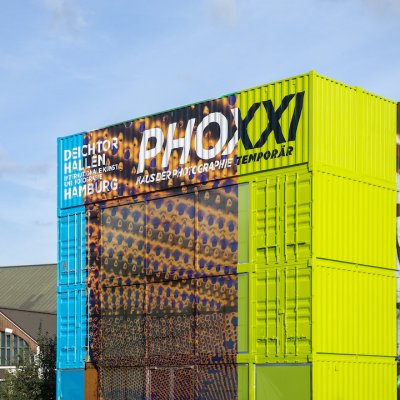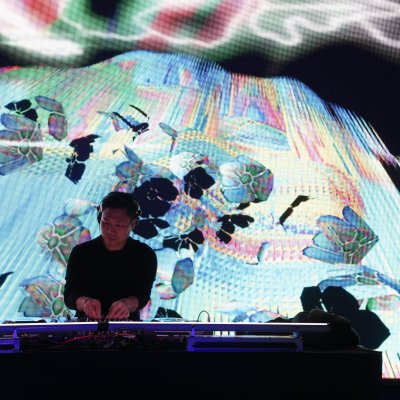Over the years, PLATOON members have often gathered together to explore various relevant issues.
From bootcamps, hackathons, visioning/design workshops and more, the network regularly mobilizes to share expertise, create new ideas and find a way to bring them to life. Towards that end, in May, 2013, PLATOON initiated a new series: the THINK TANK sessions, curated by Artist-in-Residence Tikul (of acclaimed video/3D graphics and sculpture duo Pussycrew) and Cultural Manager Aanisa Ru.A regular gathering of open-minded creatives, the THINK TANK sessions focus on creative coding, interactive technologies, audio-visual and physical computing, visual programming, creating apps, hacking and circuit bending. It’s an informal environment where each session investigates a different theme with invited guests and professional artists working with various tools and technology.
Launching the first series, TOKYO DATA demonstrated the coding of spatial sound and DIY electronics for prototyping physical data visualization.Onyx Ashanti presented his sonic exploration from fully custom software and 3D printed hardware, the Beatjazz Controller—his full-body musical system playable with hands, arms, mouth and body.
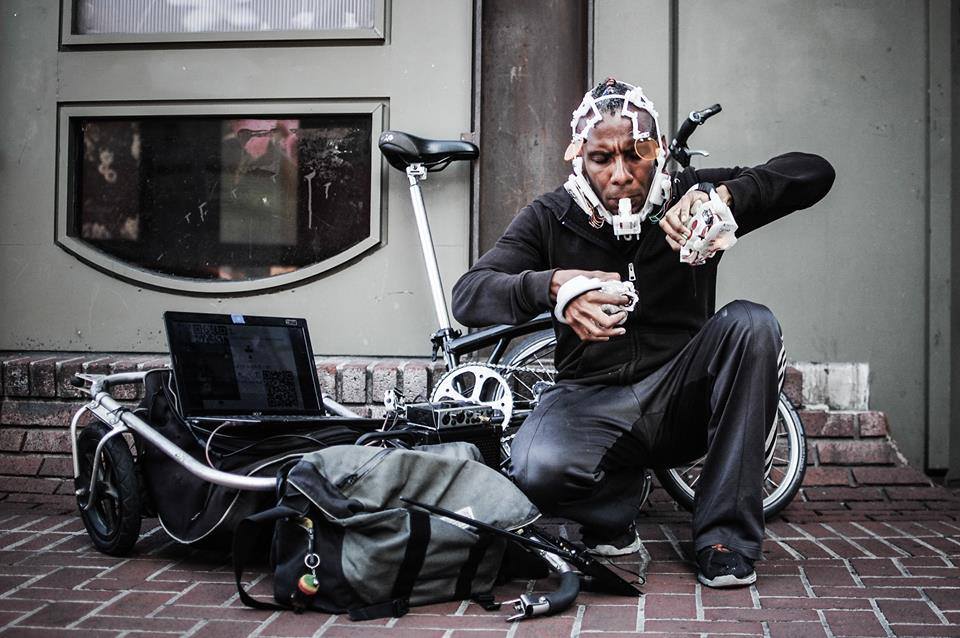 We also got a taste of visual performance and video mapping techniques from VJ Fader, a visual artist who works with multimedia in a variety of disciplines ranging from generative animation, music videos, stage design and art installations. His work has been shown to broad audiences around the world and has been exhibited at numerous festivals such as Coachella (California), Burning Man (Nevada) and Mapping Festival (Geneva).For a media artist like Fader, a visual music app and instrument for phone and tablet was the next logical step. With his EDMT app, Fader gives the user nine different screens, or “scenes” to choose from, each with distinct, generative 3D graphics, multi-touch and accelerator interactivity, audio reactivity and dynamic sound. Scenes can be shaken to change the audio preset, colors can be transformed via three-finger touch, and work can be synced, saved, and shared. As technology fuels creative endeavors more and more, the race is on to make things more intuitive and accessible for the user. Technology also strengthens bridges between methods, encouraging more cross-platform, interconnected projects and practices. In the case of EDMT, the interface for music is not merely visual, but visuals are as much the output as music. And when artists themselves are involved in the designing and programming of new tools, we also get a glimpse into their specific mode of working.
We also got a taste of visual performance and video mapping techniques from VJ Fader, a visual artist who works with multimedia in a variety of disciplines ranging from generative animation, music videos, stage design and art installations. His work has been shown to broad audiences around the world and has been exhibited at numerous festivals such as Coachella (California), Burning Man (Nevada) and Mapping Festival (Geneva).For a media artist like Fader, a visual music app and instrument for phone and tablet was the next logical step. With his EDMT app, Fader gives the user nine different screens, or “scenes” to choose from, each with distinct, generative 3D graphics, multi-touch and accelerator interactivity, audio reactivity and dynamic sound. Scenes can be shaken to change the audio preset, colors can be transformed via three-finger touch, and work can be synced, saved, and shared. As technology fuels creative endeavors more and more, the race is on to make things more intuitive and accessible for the user. Technology also strengthens bridges between methods, encouraging more cross-platform, interconnected projects and practices. In the case of EDMT, the interface for music is not merely visual, but visuals are as much the output as music. And when artists themselves are involved in the designing and programming of new tools, we also get a glimpse into their specific mode of working.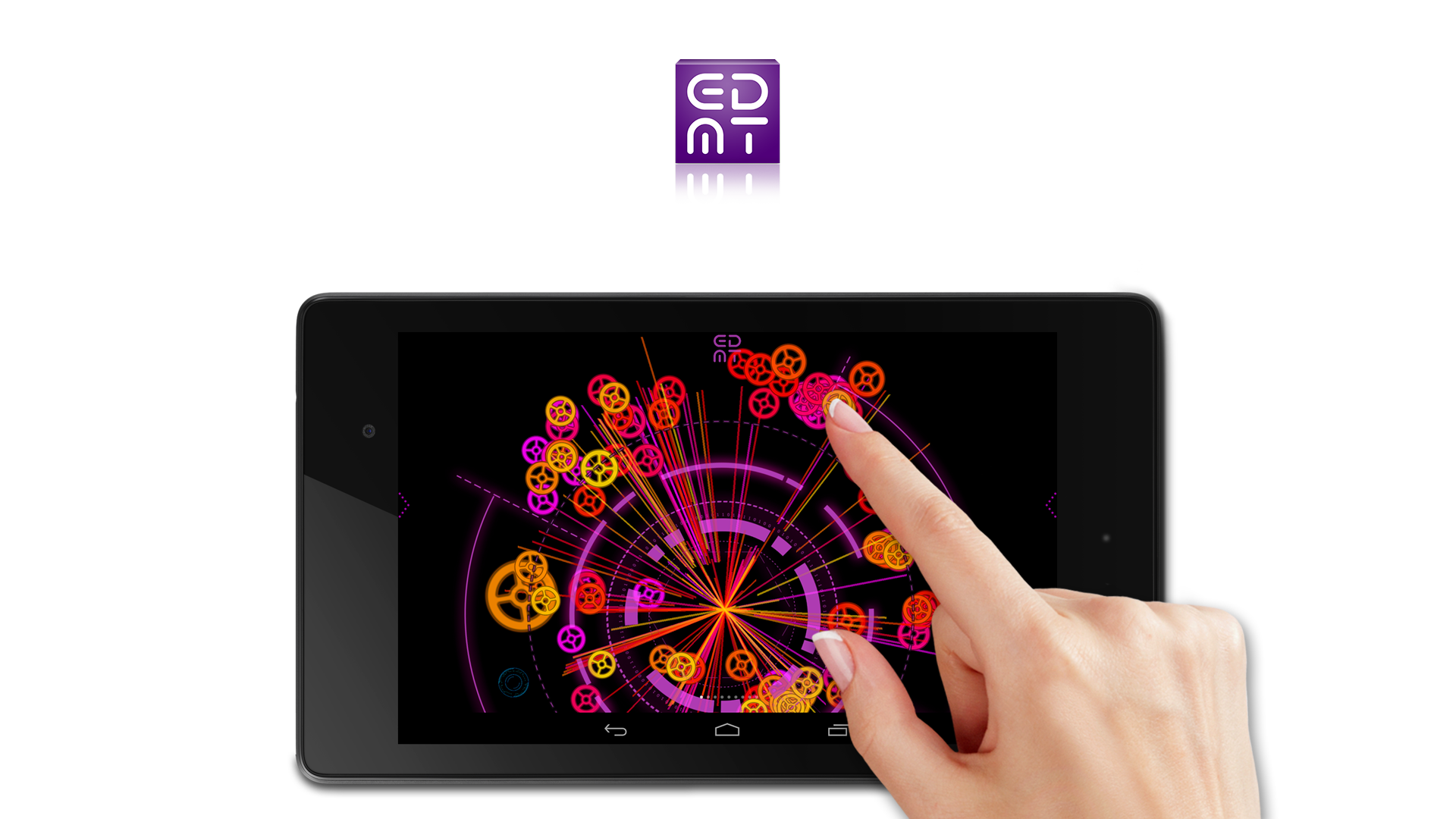 While exploring mapped sculpture Berlin-based artist Robert Seidel was invited; he not only transforms drawings into animated paintings in his experimental films, but also connects them to sculptures and architecture in the real world. In his lecture, Seidel presented some of his multi-faceted works—including a pictorial reinterpretation of biological processes in video installations and virtual sculptures or water projections—and offered an insight into his artistic process.
While exploring mapped sculpture Berlin-based artist Robert Seidel was invited; he not only transforms drawings into animated paintings in his experimental films, but also connects them to sculptures and architecture in the real world. In his lecture, Seidel presented some of his multi-faceted works—including a pictorial reinterpretation of biological processes in video installations and virtual sculptures or water projections—and offered an insight into his artistic process. With young, multi-awarded Japanese artist Kanno So, we entered the realm of robotics. Kanno presented “Making Things That Make Something”, illustrating his path through robotics, electronics, nature and sound art. With no intention of mass production but only of art interaction for gallery attendees, he puts forward refined and sensible research on the phenomenology of the media he uses, translating sound waves into visuals and vice versa—a journey into algorithm, wave forms and movements.
With young, multi-awarded Japanese artist Kanno So, we entered the realm of robotics. Kanno presented “Making Things That Make Something”, illustrating his path through robotics, electronics, nature and sound art. With no intention of mass production but only of art interaction for gallery attendees, he puts forward refined and sensible research on the phenomenology of the media he uses, translating sound waves into visuals and vice versa—a journey into algorithm, wave forms and movements.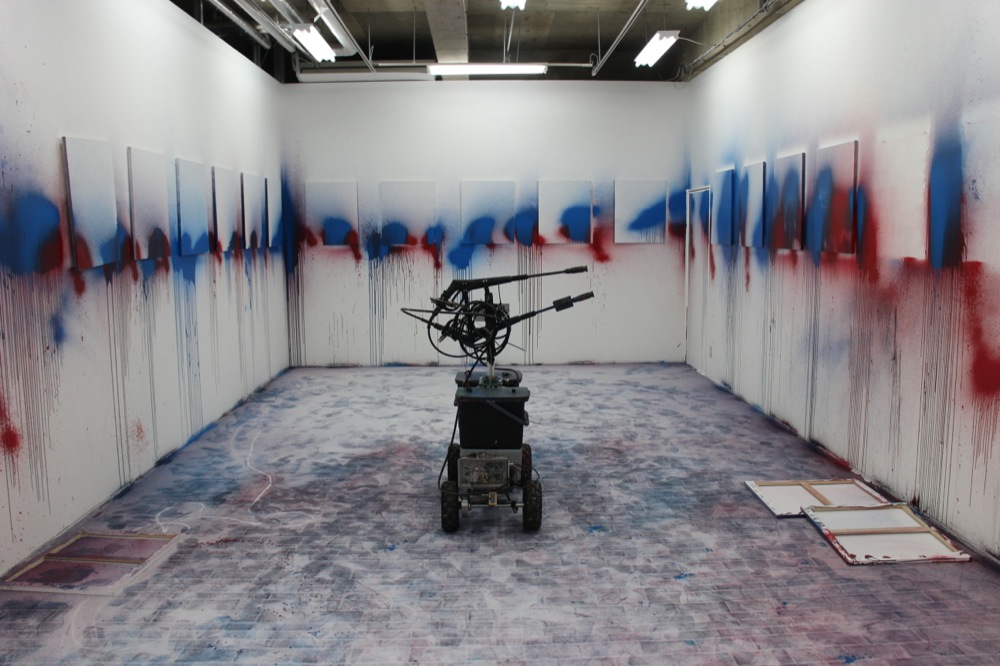 Robotics was also a topic for Felix Bonowski, a generative video artist and teacher at a robotic project lab at the Technical University in Berlin. Bonowski is a programmer, specializing in interaction and building motion sensors using Arduino, specifically PS3 cameras modified for infrared tracking and computer vision simulated dynamic systems. He has done installations for Berlin’s Sisyphos event series and Fusion Festival, as well as contributing to the Hugo exhibition at London’s Saatchi Gallery.
Robotics was also a topic for Felix Bonowski, a generative video artist and teacher at a robotic project lab at the Technical University in Berlin. Bonowski is a programmer, specializing in interaction and building motion sensors using Arduino, specifically PS3 cameras modified for infrared tracking and computer vision simulated dynamic systems. He has done installations for Berlin’s Sisyphos event series and Fusion Festival, as well as contributing to the Hugo exhibition at London’s Saatchi Gallery.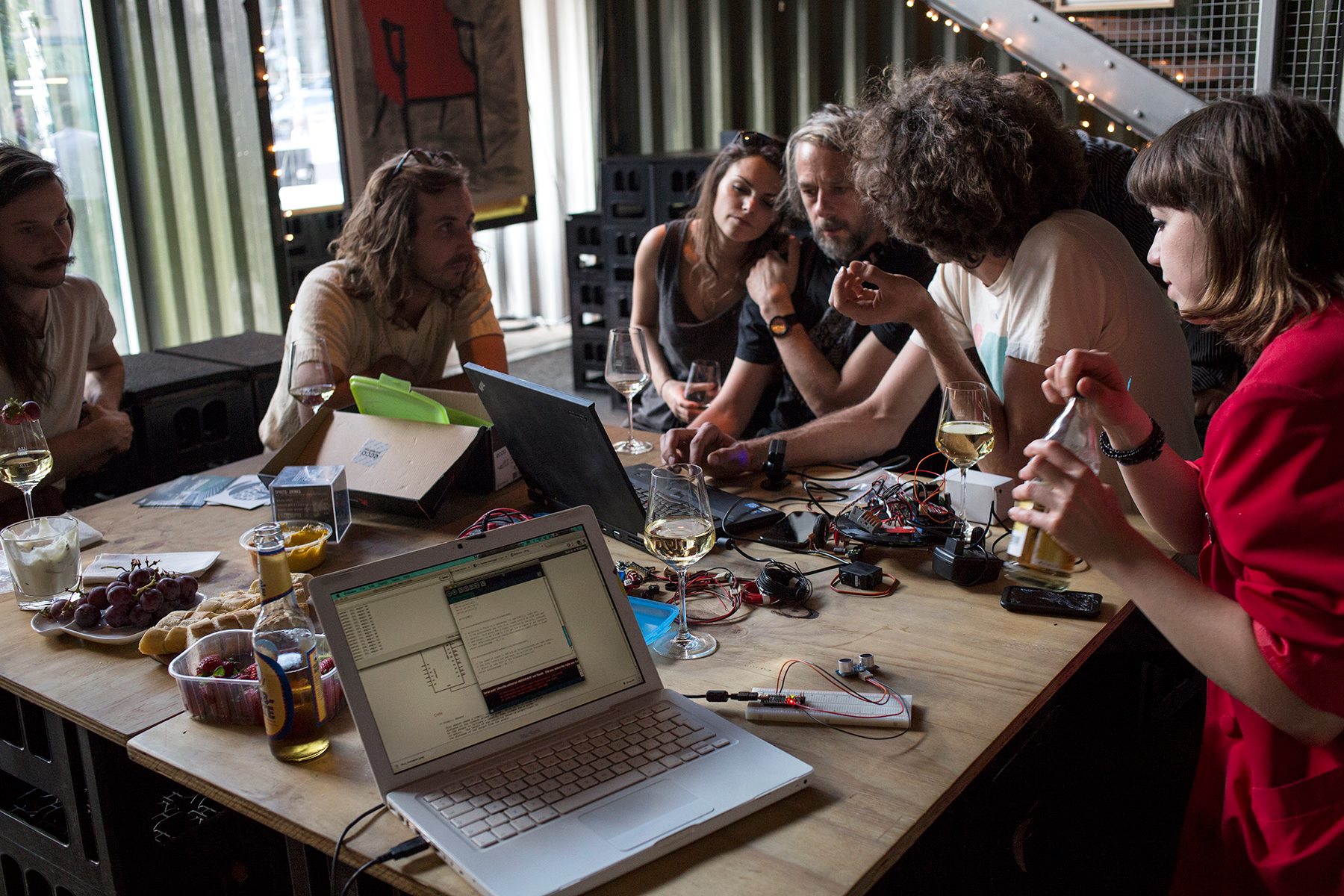 Some THINK TANK participants have also contributed to important international scientific projects, such as Sébastien Bourdeauducq—an inventor passionate about science, electronics and open source, with an interest in the world of music and live performances and the desire to open up system-on-chip design (SoC) integrated circuits. Some of his work has been reused by NASA in 2009, with a successful launch onboard the International Space Station in August 2012. Since 2011, Bourdeauducq has also provided gateware and electronics engineering services to scientific projects such as CERN’s open hardware repository. He is also the developer of the Mixxeo, a digital video mixer built on the open source Milkymist system-on-chip technology. Many video artists need a device that can blend video streams from two or more computers. Digital video mixing is not easy, and requires specialized high speed logic design skills whose results are seen everyday (mobile phones, computers, etc), but nonetheless, very few open source developers choose to learn. As a consequence, all those devices are mere controllers for a proprietary module doing the actual mixing. Such approaches lack flexibility and transparency.
Some THINK TANK participants have also contributed to important international scientific projects, such as Sébastien Bourdeauducq—an inventor passionate about science, electronics and open source, with an interest in the world of music and live performances and the desire to open up system-on-chip design (SoC) integrated circuits. Some of his work has been reused by NASA in 2009, with a successful launch onboard the International Space Station in August 2012. Since 2011, Bourdeauducq has also provided gateware and electronics engineering services to scientific projects such as CERN’s open hardware repository. He is also the developer of the Mixxeo, a digital video mixer built on the open source Milkymist system-on-chip technology. Many video artists need a device that can blend video streams from two or more computers. Digital video mixing is not easy, and requires specialized high speed logic design skills whose results are seen everyday (mobile phones, computers, etc), but nonetheless, very few open source developers choose to learn. As a consequence, all those devices are mere controllers for a proprietary module doing the actual mixing. Such approaches lack flexibility and transparency.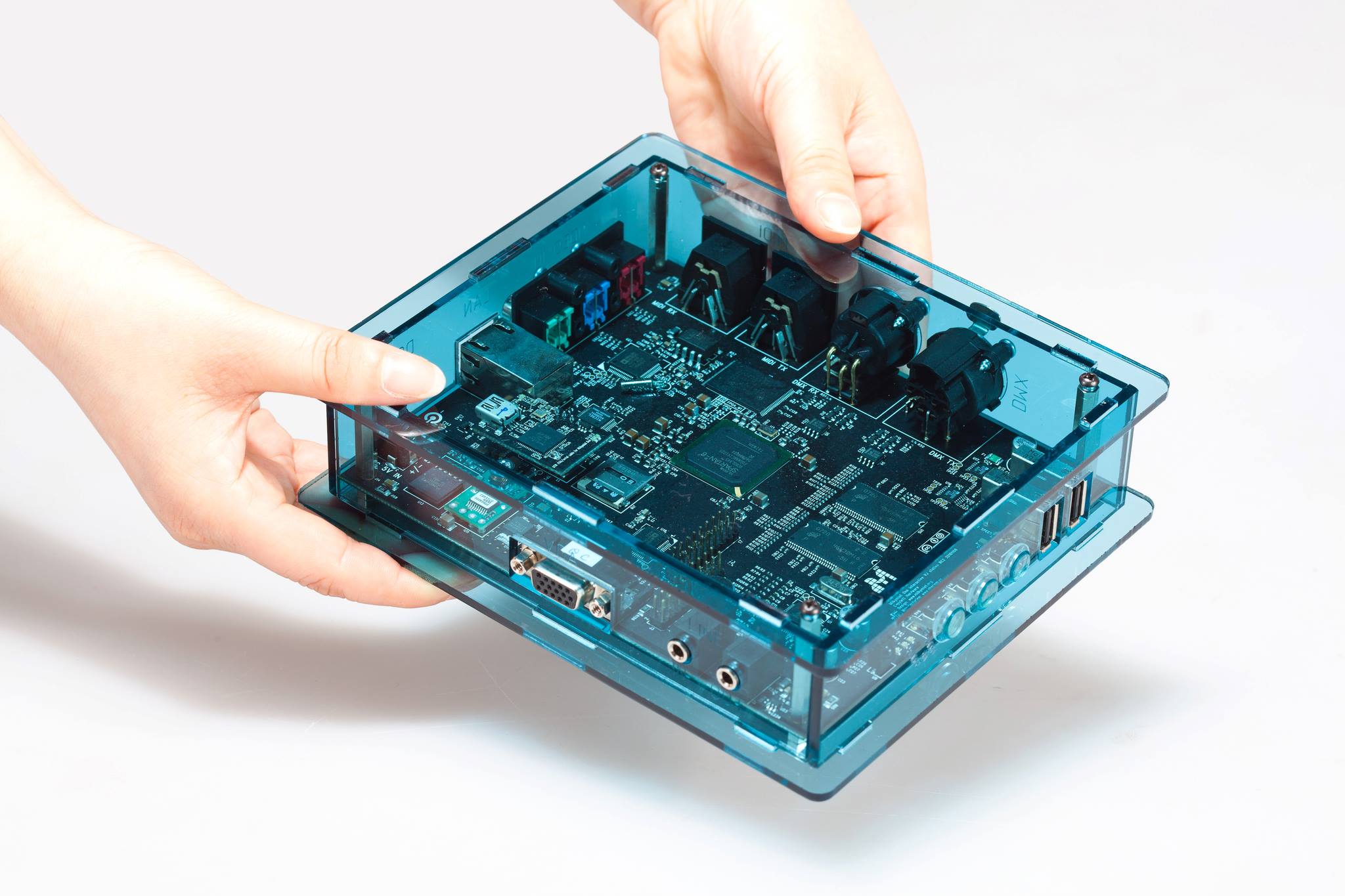 Another highlight from the THINK TANK sessions was the panel discussion “Movements of Disturbance: Excess Ecology, Post-Digital Networks and Queer Illegibility”, with Micha Cardenas (Local Autonomy Networks), Pinar Yoldas (Speculative Biologies) and Zach Blas (Facial Weaponization Suite). It was a welcome opportunity to discuss and actively protest biometric facial recognition and global surveillance, as well as to consider the creation of a post-human eco-system and both digital and non-digital networks of communication in an effort to increase community autonomy.
Another highlight from the THINK TANK sessions was the panel discussion “Movements of Disturbance: Excess Ecology, Post-Digital Networks and Queer Illegibility”, with Micha Cardenas (Local Autonomy Networks), Pinar Yoldas (Speculative Biologies) and Zach Blas (Facial Weaponization Suite). It was a welcome opportunity to discuss and actively protest biometric facial recognition and global surveillance, as well as to consider the creation of a post-human eco-system and both digital and non-digital networks of communication in an effort to increase community autonomy.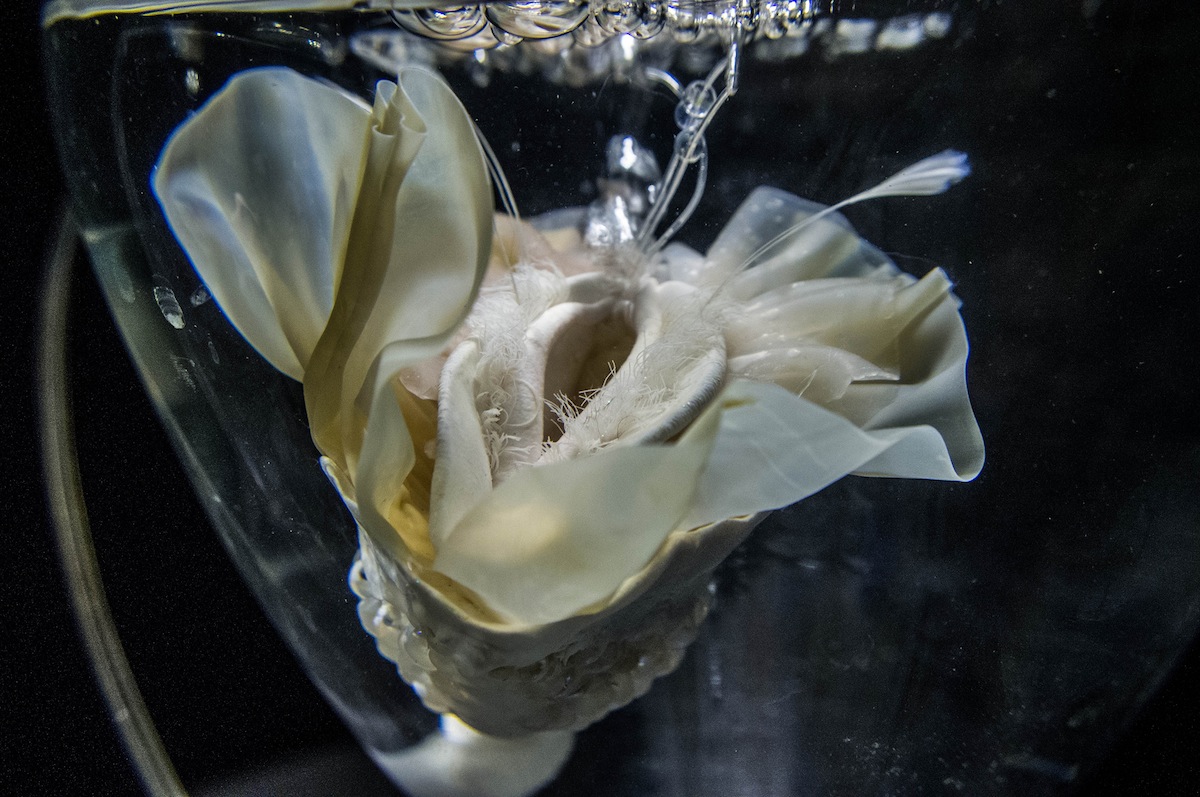 Following a range of THINK TANK sessions—including kinetic prototype testing with Eno Henze, science fiction multimedia art with Danish artist Ulrik Jørgensen and the role of the contemporary human being in a digitally augmented world with Markus Kison—the PLATOON NETWORK has also encouraged collective video mash-ups, mobile interventions, urban explorations, jamming and mixing video material and distorting/ data bending/glitching.
Following a range of THINK TANK sessions—including kinetic prototype testing with Eno Henze, science fiction multimedia art with Danish artist Ulrik Jørgensen and the role of the contemporary human being in a digitally augmented world with Markus Kison—the PLATOON NETWORK has also encouraged collective video mash-ups, mobile interventions, urban explorations, jamming and mixing video material and distorting/ data bending/glitching.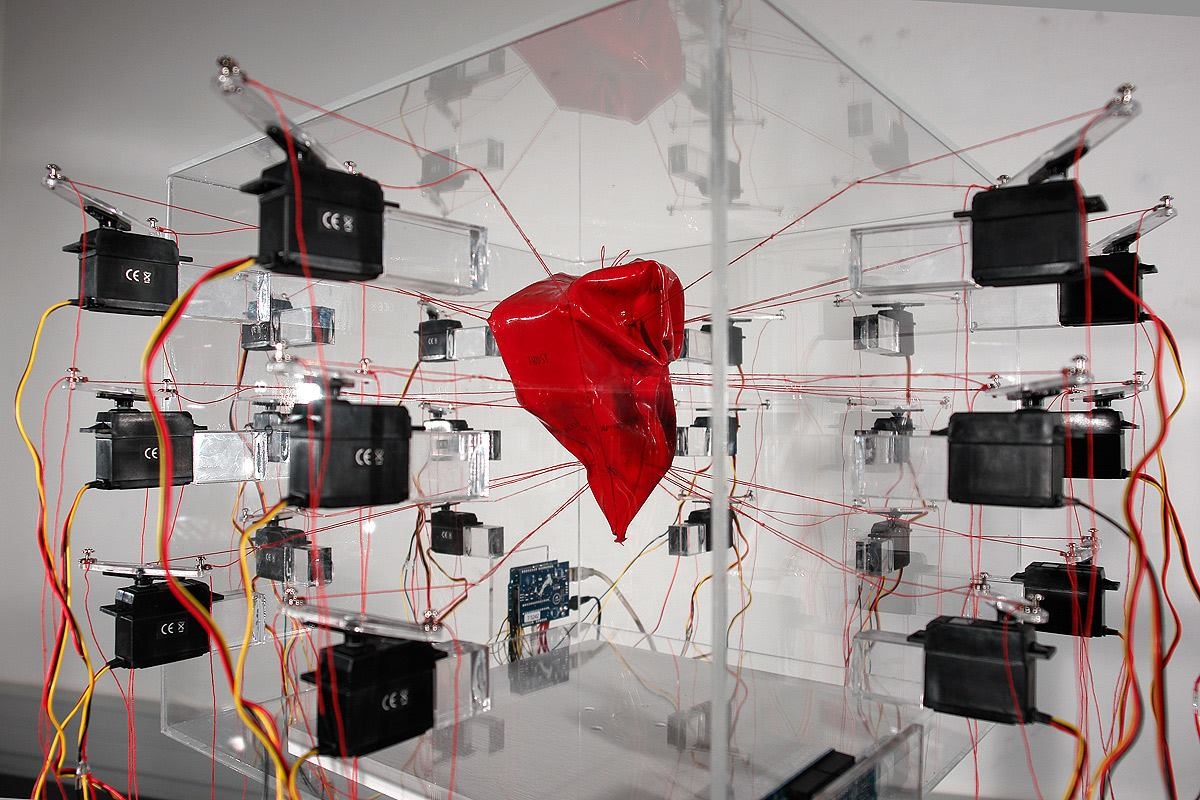 And as THINK TANK sessions have been crucial for providing a much-needed space for open collaborations, creative encounters continue on an irregular basis. THINK TANK, much like the PLATOON NETWORK itself, is open to anyone with a good idea.
And as THINK TANK sessions have been crucial for providing a much-needed space for open collaborations, creative encounters continue on an irregular basis. THINK TANK, much like the PLATOON NETWORK itself, is open to anyone with a good idea.



